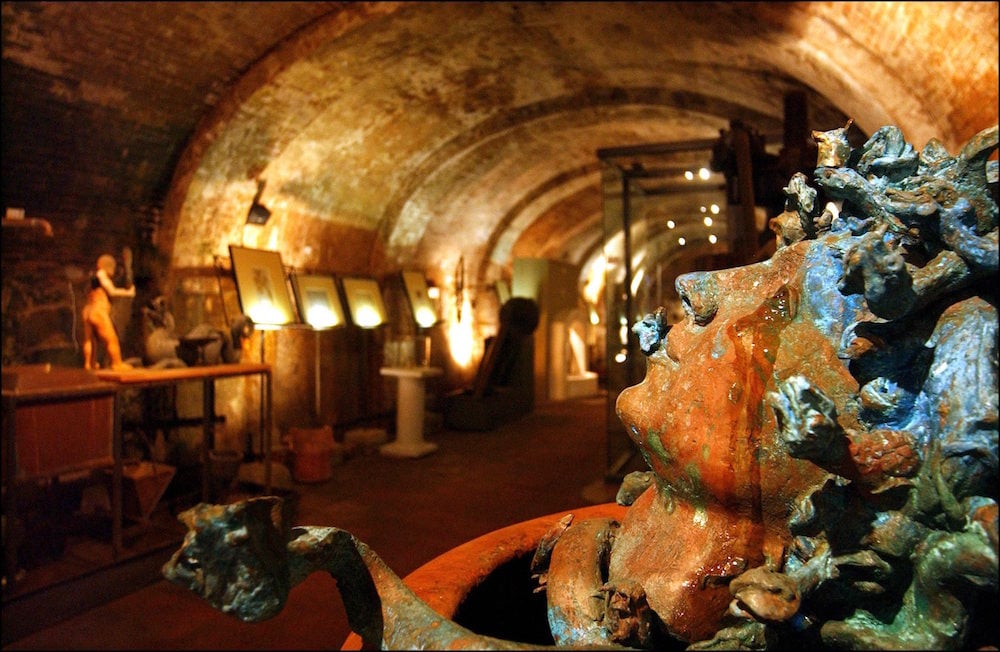
Scientists in Italy are performing DNA tests on a lock of hair believed to be Leonardo da Vinci’s.
The lock of hair was found in a private American collection and will go on display in two days at the Ideale Leonardo da Vinci Museum in Vinci, the town where the artist was born. The lock of hair has a historic label that reads “Les Cheveux de Leonardo da Vinci,” Alessandro Vezzosi, director of the Ideale museum, and Agnese Sabato, president of the Leonardo da Vinci Heritage Foundation, told the Guardian.
“[T]his extraordinary relic will allow us to proceed in the quest to carry out research on Da Vinci’s DNA,” said Vezzosi and Sabato in a statement. After being hidden for years, the hair “will now be exposed for the first time, along with documents attesting its ancient French provenance,” Vezzosi told the Guardian.
The hair will be presented at a press conference at the Leonardiana library in Vinci this Thursday, May 2, the 500-year anniversary of the artist’s death, which also kicks off a year-long series of celebrations and exhibitions dedicated to the artist around the world.
Three years ago, Vezzosi and Sabato announced that they had traced a family line running from the artist’s half-brother, Domenico, to dozens of male descendants in and around Tuscany. The hair will help them piece together this family tree further. “This relic is what we needed to make our historical research even more solid from a scientific point of view,” Sabato told the Guardian. “We are planning to carry out DNA analysis on the relic and compare it to Leonardo’s living descendants as well as to bones found in Da Vinci burials that we have identified over the past years.”
Vezzosi and Sabato are the curators of the “Leonardo Lives” exhibition at the Ideale museum, which was founded in 1993 through collaboration by scholars and inaugurated under the Armand Hammer Center for Leonardo Studies at UCLA.
Leonardo, born the illegitimate son of a notary, never married and had no direct descendants. At age 64, he left Italy to join the service of King Francis I of France. Experts don’t agree on where his remains lie, but the DNA analysis could help resolve a controversy over what’s “presumed” to be them in a tomb in Amboise, France, said Sabato.
The artist was originally buried in France’s Loire Valley, at the chapel of Saint-Florentin at the Chateau d’Amboise. But after it was devastated during the French Revolution bones were removed and placed in the chateau’s smaller chapel, Saint-Hubert. It isn’t known for sure whether they are Leonardo’s remains, according to the Guardian.
Leonardo da Vinci, St . Jerome Praying in the Wilderness (circa 1483). Vatican City, Musei Vaticani. Photo © Governatorate of the Vatican City State – Vatican Museums.
Meanwhile, on this side of the Atlantic, the Metropolitan Museum of Art in New York just announced that it is commemorating the 500th anniversary by displaying Leonardo’s unfinished masterpiece St. Jerome Praying in the Wilderness, which is on loan from the Vatican Museums.
The monumental painting, which the Met describes as “exquisitely rendered” despite its unfinished state, goes on view July 15.